Featured Photo: Adult Peregrine Falcon swoops near nesting cliffs at “The Honeycombs,” a multi-unit rock-climbing location a few miles east of Idleyld Park, Oregon. The rock formation is named after patches of distinct pits or pocks in the surface of the rocks as seen here.
On February 5, 2022, I went up with some family and friends to “The Honeycombs,” a fairly popular rock-climbing spot in the Cascade foothills just east of Idleyld Park, above the North Umpqua River. Vast stretches of this area had been burned in the last couple years and recently logged, with some logging continuing. Private land, in particular, was nearly empty of standing trees, creating an open landscape that was formerly dense Douglas-fir forest. This drastic change in habitat, while a loss for forest-dwelling species became an inviting landscape for the first sweet surprise of the day, an immature Northern Shrike, seen about halfway up to our destination from the North Umpqua Highway. This species is not reported every year in the Umpqua Basin, and when they are seen it is usually in open interior valleys or coastal lowlands. The dull mask and dull appearance identifies it as an immature, as are most observations in the county.
When we got to “The Honeycombs” rock formation, I almost immediately began hearing a buzzy call note that I thought was likely a Canyon Wren. Canyon Wrens are known to occur in scattered large rock, cliff, and talus locations in Douglas County, but since these sites are often remote and rarely visited by bird-knowledgeable folks, reports of Canyon Wren in the Umpqua Basin are few and far between, sometimes exceeding 10 years between sightings. To attempt to validate my identification of the call note, I played a recording of the song of the Canyon Wren once from my phone. The wren immediately began singing in response and made its presence known. It was very cooperative and I was able to get many photos, a sound recording, and some video. Since most Canyon Wrens in densely forested areas of SW Oregon are rarely seen and only heard, to my knowledge, these are the only photos of a Canyon Wren from the Umpqua Basin and Douglas County.
Although a little shaky because of the wind and my excitement, I was glad to obtain the following video of the Canyon Wren singing and calling. In the background you will hear some wind, muffled voices, and a chorus of Northern Pacific Treefrogs in the distance.
While watching the young climbers scale the cliffs, I began hearing a couple Peregrine Falcons calling to each other from a separate but nearby formation. An immature Bald Eagle that flew by seemed to have disturbed their comfort. One peregrine then the other began flying around the rocks, almost like a yellow-jacket nest that had been disturbed. While many people have never seen a Peregrine Falcon, the species has come back from near extirpation in Oregon in the 1960s to two dozen or more nesting pairs in Douglas County. I believe that the photos below show both the male and female of the local pair. The image of a peregrine in the shapely snag I believe shows the female, while the image of the bird flying left against the sky (the bird being very underexposed) I think shows the smaller male; note the more compact shape that is almost pigeon-like. I’m not certain about the sex in the other photos.
My purpose for going up to The Honeycombs was to spend a day with friends and family outdoors, with no thought of looking for birds. I brought my binoculars and camera … just in case something of interest appeared. Sometimes wonderful things show up when you’re not looking for them! It was a wonderful day with family, friends, and sweet birds! Other species detected while in the area included Common Raven, Northern Flicker, Red-breasted Sapsucker, and Pacific Wren.
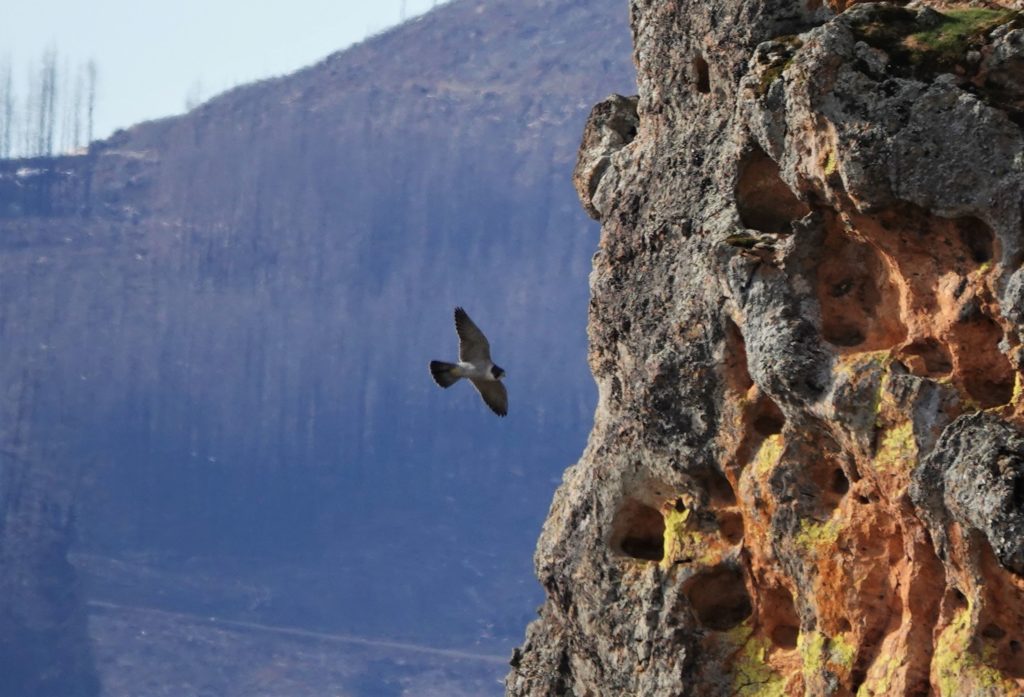
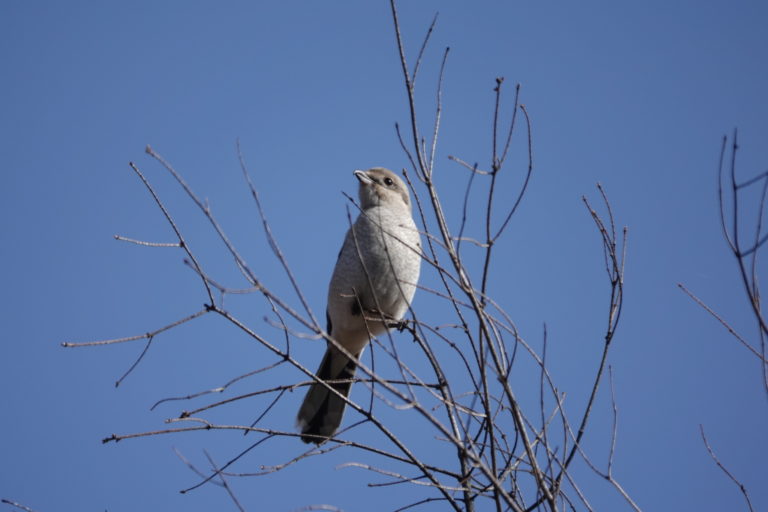
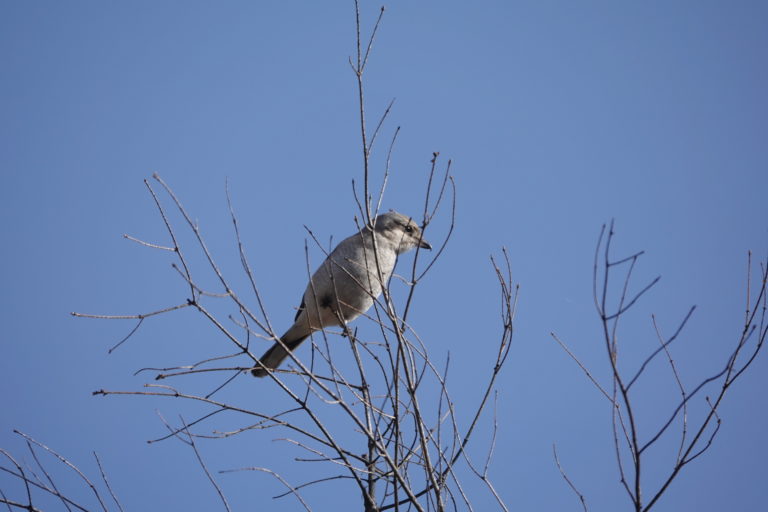
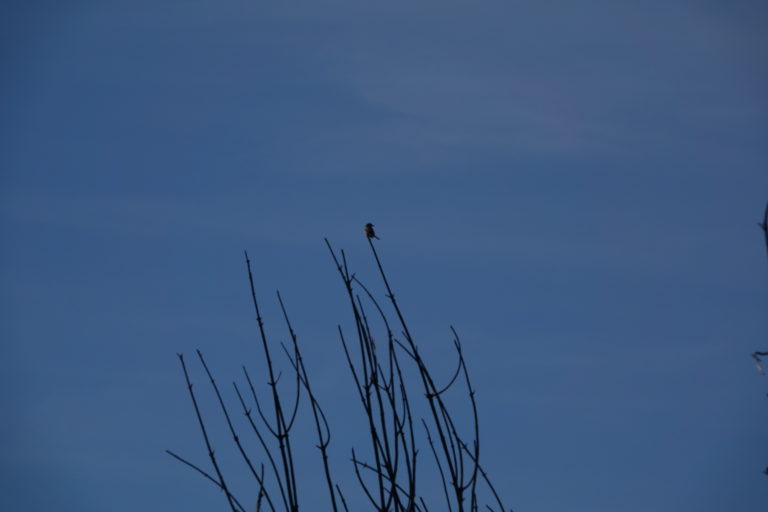
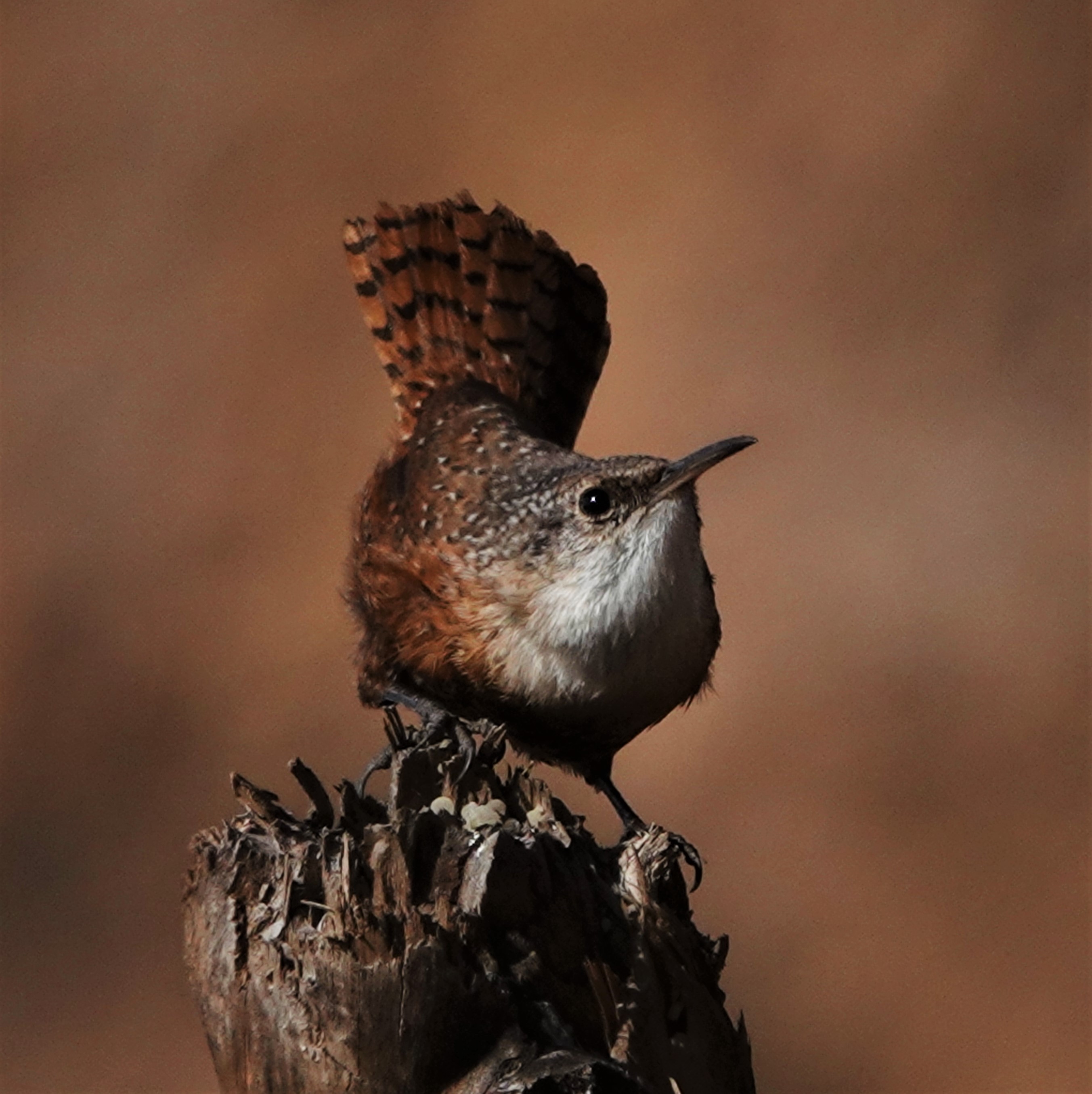
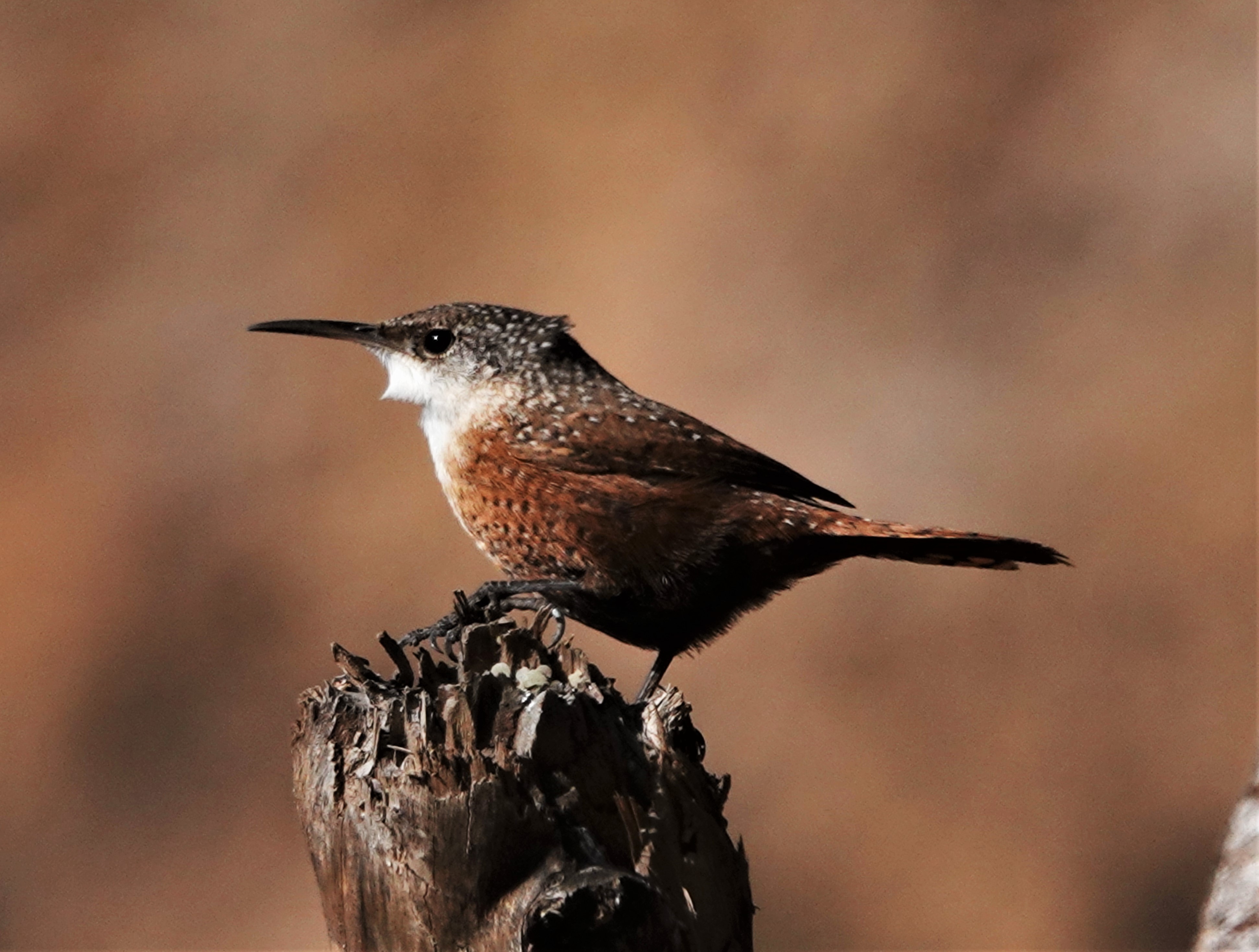
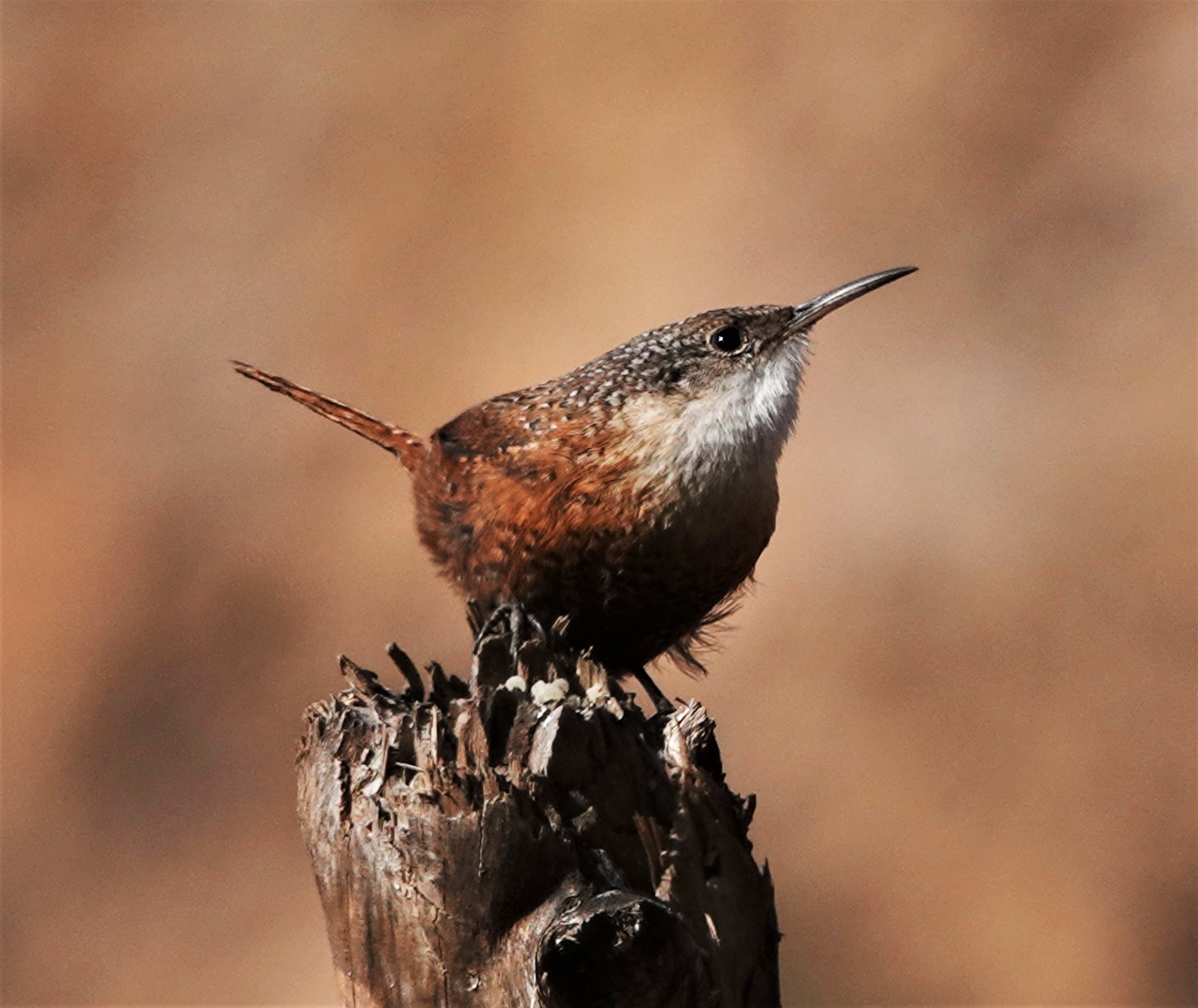
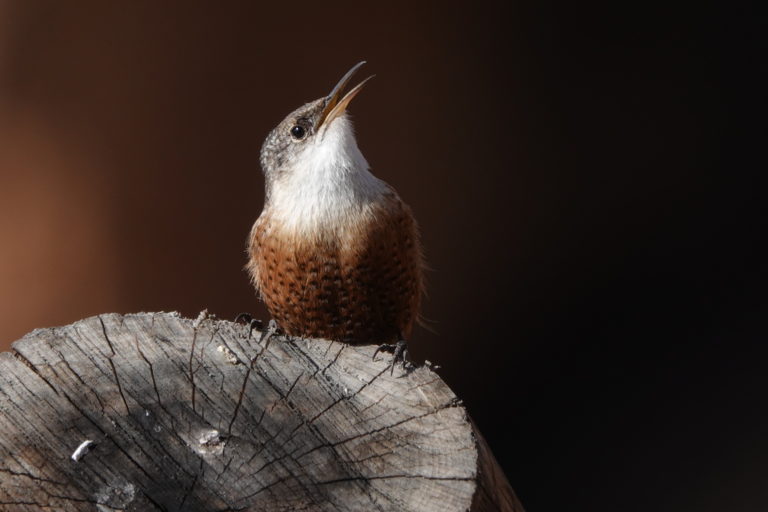
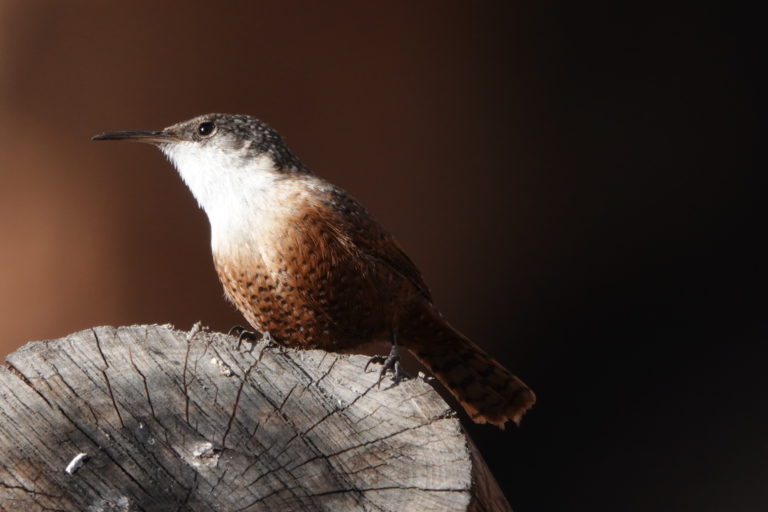
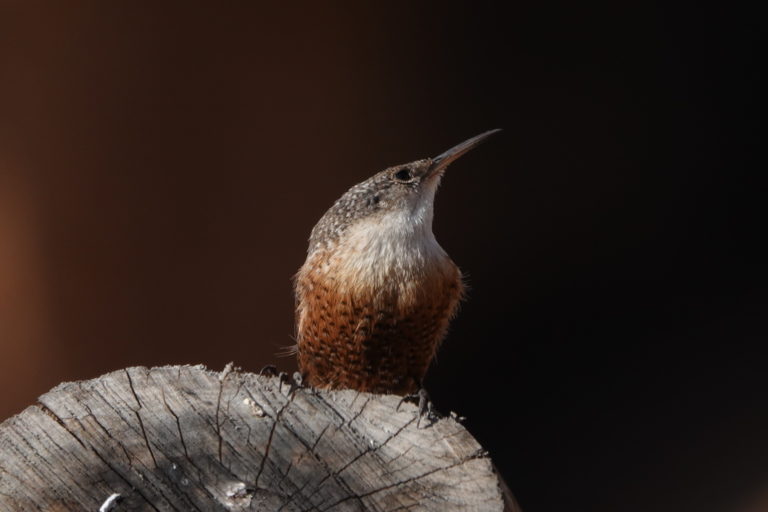
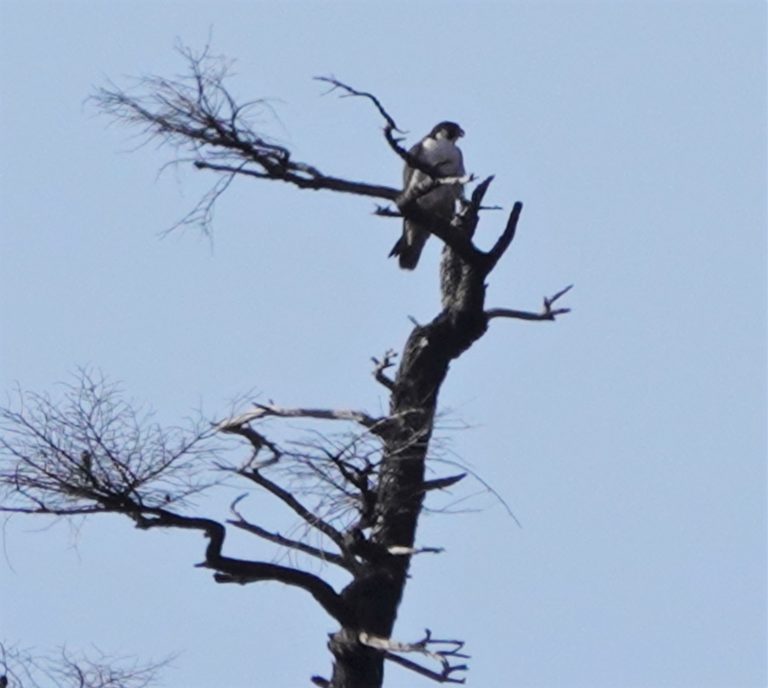
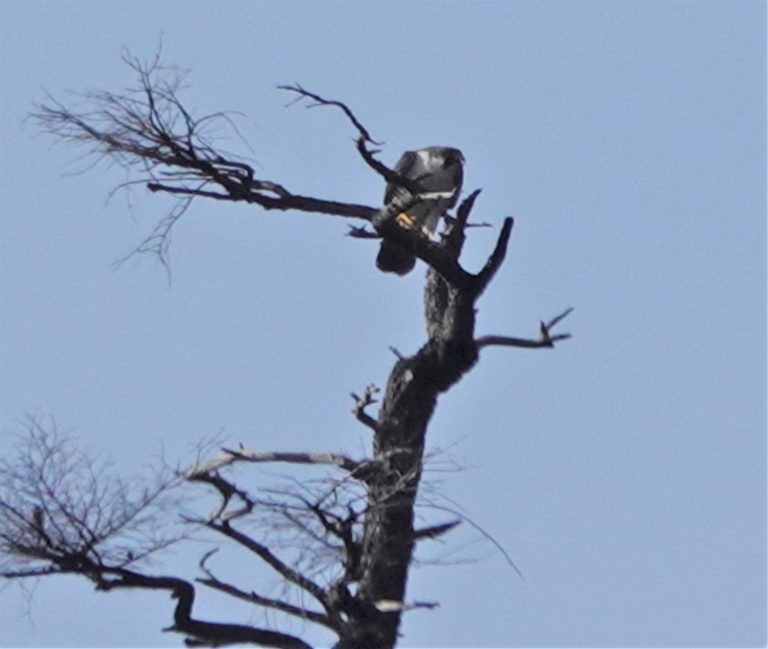
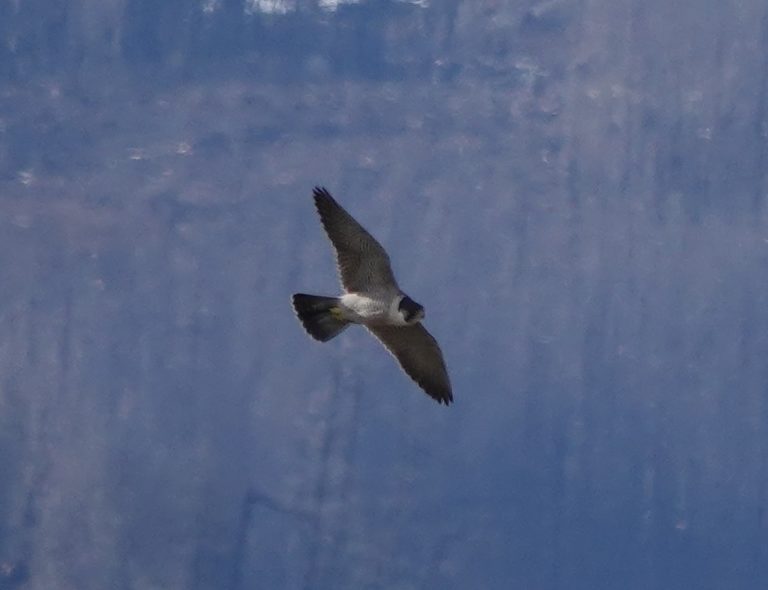
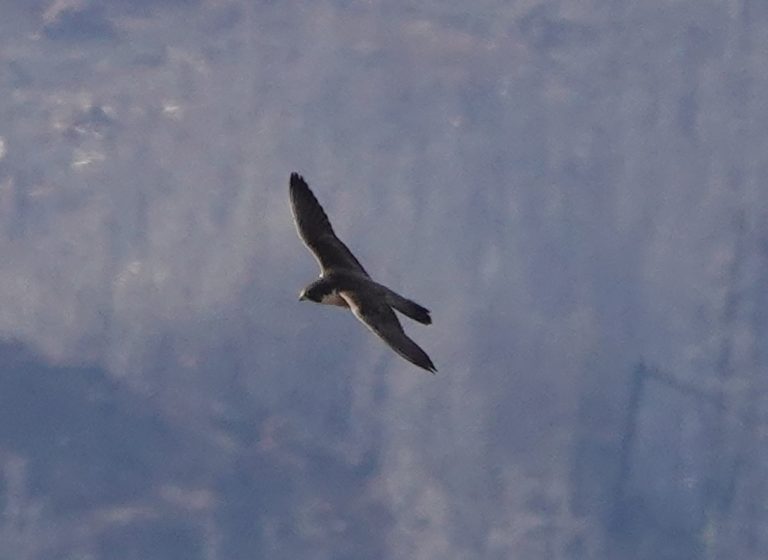
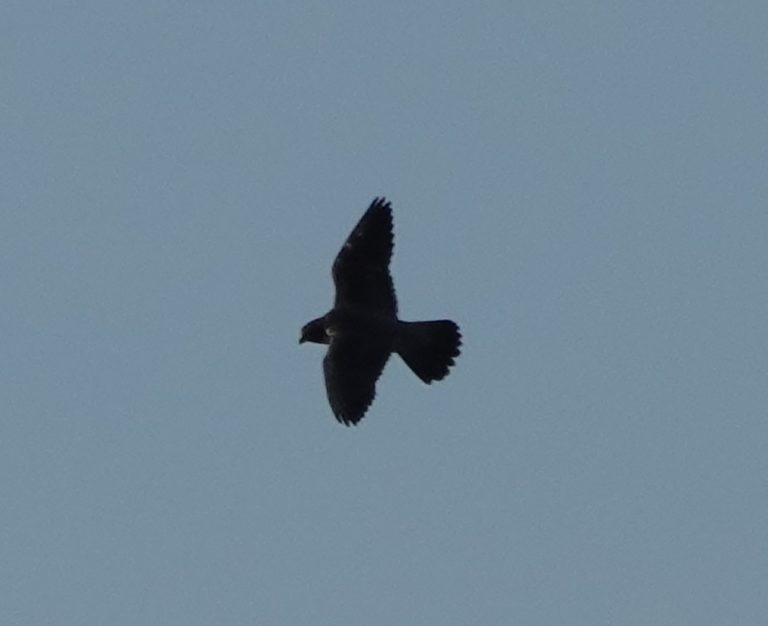
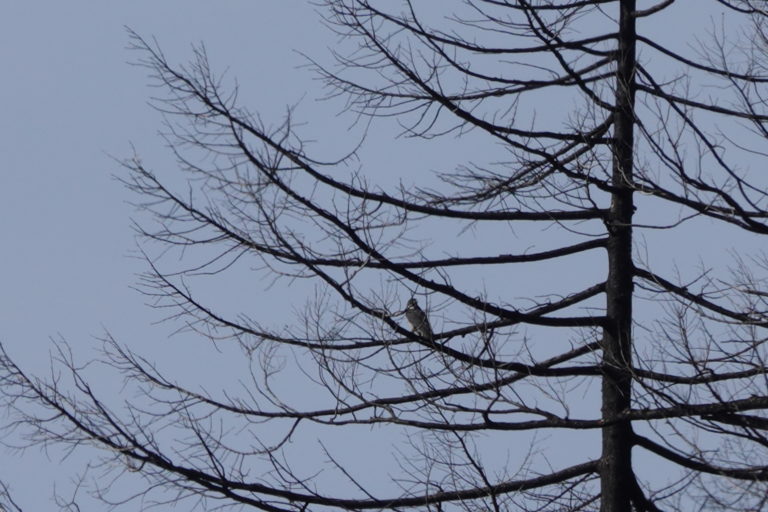

This Post Has 7 Comments
Matt,
What a good example of birds in habitat that’s not visited often by birders. You’ve encouraged people to look at Google Earth to find water, meadows and rocky areas that might not be visited often. This blog post is a good example of that, so thank you. Google Earth street view images along the North Umpqua Highway look like they have been updated since the September 2020 Archie Fire, but the satellite images haven’t. The Canyon Wren pictures are a real treat, and it’s good to know that Peregrine Falcons are using Honeycombs rocky cliffs like those upriver near Eagle Rock. Thank you.
Fantastic! I heard Canyon Wren last May at Mitchell Butte which is south of Ontario Oregon but have yet to see one. I did see Rock Wren there though.
Nice re;port, Matt!
Oh thank you! These photos, and the video are just wonderful. I’m no longer able to hike, so I truly appreciate that you share your experience
That is so exciting about The Canyon Wren. I have been on the look out for one in Lane County but so far have been unsuccessful.
WOW!! Fabulous photos and song recording of the Canyon Wren. Thanks for sharing!
Matt,
This is a wonderful piece! I have not seen canyon wrens in Salem/Ankeny NWR but have enjoyed seeing and hearing them in the Palm Springs area. And I always love watching Peregrines hunt. To get a Northern Shrike with photos is a special achievement. Congratulations!